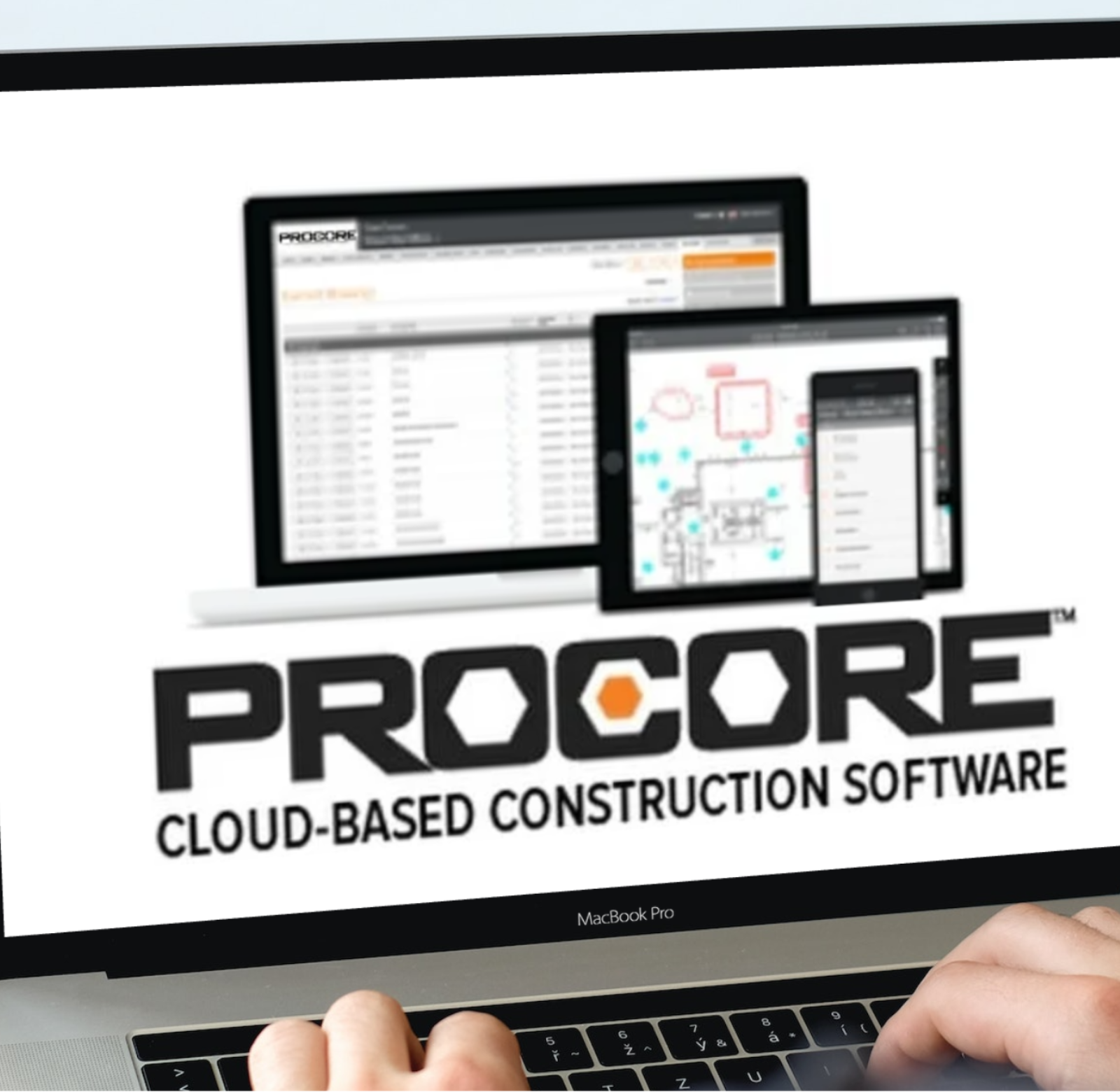Are you tired of drowning in a sea of paperwork and struggling to keep track of important documents? Look no further than ECM, or enterprise content management. This comprehensive system streamlines document management processes, making it easier for businesses to organize, access, and share information. In this blog post, we’ll explore the benefits of ECM as well as different types available to suit your business needs. Plus, learn how to implement ECM in your own organization and say goodbye to paper clutter for good!
What is ECM?
ECM, or enterprise content management, refers to the strategic approach of managing an organization’s information assets. This includes all types of digital and physical documents, such as invoices, contracts, emails, images, videos and more. ECM aims to streamline document management processes by providing a central repository for storing and organizing information.
One key feature of ECM is its ability to capture and index data from various sources. This allows users to quickly search for specific documents based on keywords or other criteria. Additionally, ECM provides tools for version control which helps ensure that there is only one “official” copy of each document.
ECM also enables collaboration between team members by allowing multiple people to access the same document simultaneously. This can help increase productivity and reduce errors associated with manual file sharing methods.
In summary, ECM serves as a comprehensive system for managing an organization’s information assets in a centralized location while enabling easy access and collaboration among team members.
The Benefits of ECM
ECM, or enterprise content management, has numerous benefits for businesses of all sizes. One of the main advantages is improved efficiency in managing and organizing documents. With ECM software, businesses can store all their electronic files in a single location that is easily accessible to authorized personnel.
Another benefit is increased security and compliance with regulations. ECM systems provide advanced security features such as encryption and access controls to ensure that sensitive data remains protected. This helps businesses stay compliant with various regulatory requirements.
ECM also enables collaboration among team members by allowing them to share documents seamlessly across multiple devices and locations. This enhances productivity by reducing the time wasted on searching for files or waiting for approvals from colleagues.
Furthermore, ECM systems offer robust analytics capabilities that allow businesses to track document usage patterns and identify areas where improvements can be made. By gaining insights into how employees interact with documents, organizations can optimize their processes and workflows more effectively.
Implementing an ECM system offers significant benefits for any business looking to improve its document management practices while maintaining high levels of security and compliance.
The Different Types of ECM
ECM or Enterprise Content Management refers to the process of organizing, managing and storing an organization’s documents and other content. ECM software provides businesses with a central repository where they can store and retrieve all their digital assets.
There are different types of ECM solutions available in the market depending on various factors such as business size, industry type, compliance requirements, etc.
One type is known as Web Content Management (WCM). This solution focuses on managing website content such as web pages, images, videos, etc. It allows multiple users to collaborate on creating and publishing web content.
Another type is called Document Management Systems (DMS). It deals with managing electronic documents such as PDFs, Word files or emails by providing features like version control and document search capabilities.
Records management systems are another kind of ECM solution that helps organizations manage records throughout their lifecycle from creation to disposal while ensuring regulatory compliance.
Digital Asset Management (DAM) tools focus specifically on media management by providing centralized access to digital media like audio clips or photos which can be used for marketing purposes.
There are many different types of ECM solutions available each designed for specific needs of an organization.
How to Implement ECM in Your Business?
Implementing ECM in your business can be a daunting task, but it’s worth it for the benefits that it provides. The first step is to identify which type of ECM system would work best for your company and its needs.
Once you have identified this, you need to select a vendor or service provider who specializes in implementing such systems. This ensures that you receive expert guidance throughout the process and have access to ongoing support if necessary.
The next step involves identifying key stakeholders within your organization who will be responsible for driving the project forward. These stakeholders should work closely with the implementation team to ensure that all requirements are met and that the solution fits seamlessly into your existing infrastructure.
Training is also an important aspect of implementing an ECM system successfully. All users must understand how to use the new software efficiently and effectively, so they benefit from its features fully.
Testing and monitoring should occur regularly after deployment to ensure everything runs smoothly over time. Regular maintenance is crucial because technology evolves rapidly; therefore, staying up-to-date on updates will help optimize performance continually.
Implementing an ECM system may seem like a large undertaking initially but taking each step methodically assists in streamlining any potential issues as they arise. Successful implementation leads towards improved management control over documents whilst improving operational efficiency by reducing manual processes through automation tools available within most systems today!
Conclusion
ECM is an essential tool for businesses that want to manage their content effectively. It can help organizations streamline their processes and automate workflows, resulting in increased productivity and reduced operational costs.
By implementing the right ECM solution, companies can ensure that they have access to accurate data and information at all times, from anywhere in the world. This can be especially important for businesses with remote teams or multiple locations.
Whether you’re a document controller in Vancouver or Toronto, Ontario or anywhere else in Canada, it’s clear that ECM offers many benefits for your organization. So if you haven’t already done so, consider implementing an ECM system today and start enjoying the advantages of streamlined content management!
#ineight #teambinder #Aconex #Procore #Omega365, #Hexagon #pims #SharePoint #sharePointVancouver #SharePointCanada #SharePointAlberta #ProjectSites #OpenText #LiveLink #sites #lrt #rail #SupplierDocumentRequirementList #MaterialRequisition #VendorDocumentLists #PurchasingRequests #EquipmentTags #SupplierDocumentRequirements #SupplierDocumentRequirementList #MaterialRequisition #VendorDocumentLists #PurchasingRequests #EquipmentTags #SupplierDocumentRequirements











 Introduction
Introduction